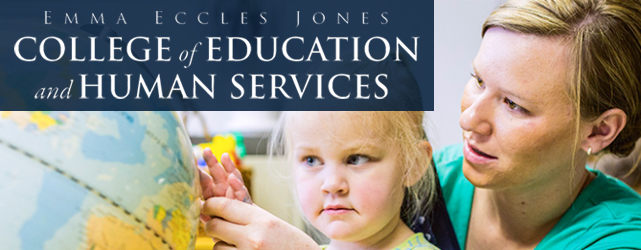Document Type
Article
Journal/Book Title/Conference
Mathematical Thinking and Learning
Author ORCID Identifier
Tye G. Campbell https://orcid.org/0000-0001-7827-8430
Publisher
Routledge
Publication Date
12-30-2024
Journal Article Version
Accepted Manuscript
First Page
1
Last Page
57
Creative Commons License

This work is licensed under a Creative Commons Attribution-Noncommercial 4.0 License
Abstract
While the potential of collaborative problem solving in mathematics is well known, facilitating effective group work is often challenging. One reason for this persistent difficulty educators face with collaborative problem solving can be traced to research and practice models that are not well-equipped to attend to the complexity of group work. The emerging construct of “collective engagement structures” represents one novel framework designed to attend to the complexity and variation of individual and group experience in collaborative problem solving. This study extends initial theorizing on collective engagement by offering descriptive accounts of the different types of collective engagement structures that emerged from analysis of middle grade groups. By analyzing 69 middle school students working in groups of three on complex mathematics tasks, we identified seven different collective engagement structures across the 23 groups: Follow The Leader, Let’s Figure This Out, Let’s Get The Job Done, We’re Really Into This, Let’s Win!, Let’s Have Fun, and Everybody For Themselves. Beyond an intellectual exercise, these structures revealed the student- and group-level competencies and indicators for optimal and sub-optimal group practices. In turn, these patterned variations in group experiences provide targeted opportunities for instructional intervention and improvement in service of collaborative practice.
Recommended Citation
Campbell, T., Lawson, M., Rich, E., Yeo, S., & Robertson, W. B. (2024). Identifying the types of collective engagement structures that manifest in middle-grade mathematics classrooms. Mathematical Thinking and Learning, 1–24. https://doi.org/10.1080/10986065.2024.2447591


